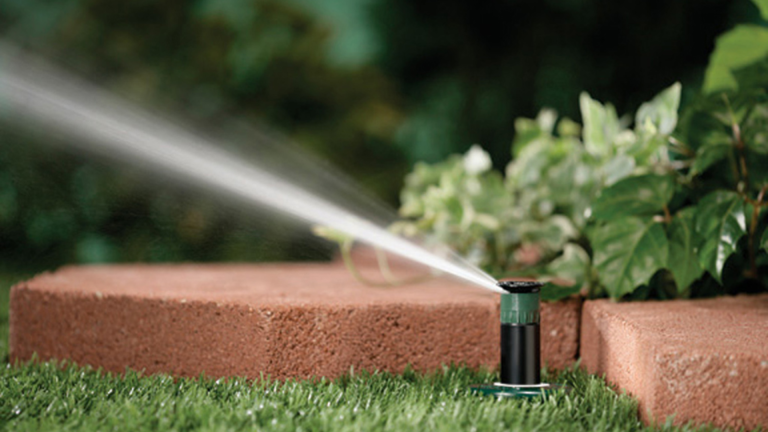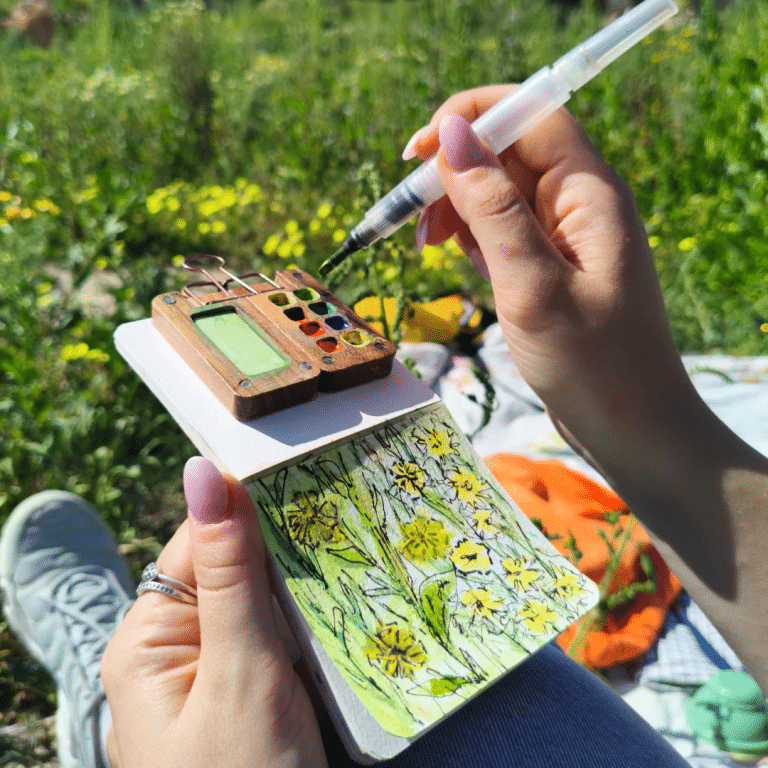Ever wondered why one part of your lawn is thriving and the other’s dry as a bone? The answer might be in your sprinkler heads. I noticed this in my own yard last summer. The front lawn looked great, but the backyard was patchy and brown—all because I had the wrong sprinkler heads for that space.
Sprinkler heads are the workhorses of your watering system. They control how water flows and where it lands. The right heads make all the difference between wasted water and a green, healthy yard.
In this guide, you’ll learn:
- The main types of sprinkler heads and what they do best
- How to pick the right ones for your yard
- Tips for fixing common sprinkler problems
I’ve tested dozens of sprinkler systems and can help you choose what works. By the end of this article, you’ll know exactly which sprinkler heads will work for your specific lawn needs.
Types of Sprinkler Heads for Efficient Watering
Let me show you the five main types of sprinkler heads that can solve your watering problems. Each one has its own special use. Picking the right type is key to saving water and money.
1. Fixed Spray Heads: The Reliable Workhorse
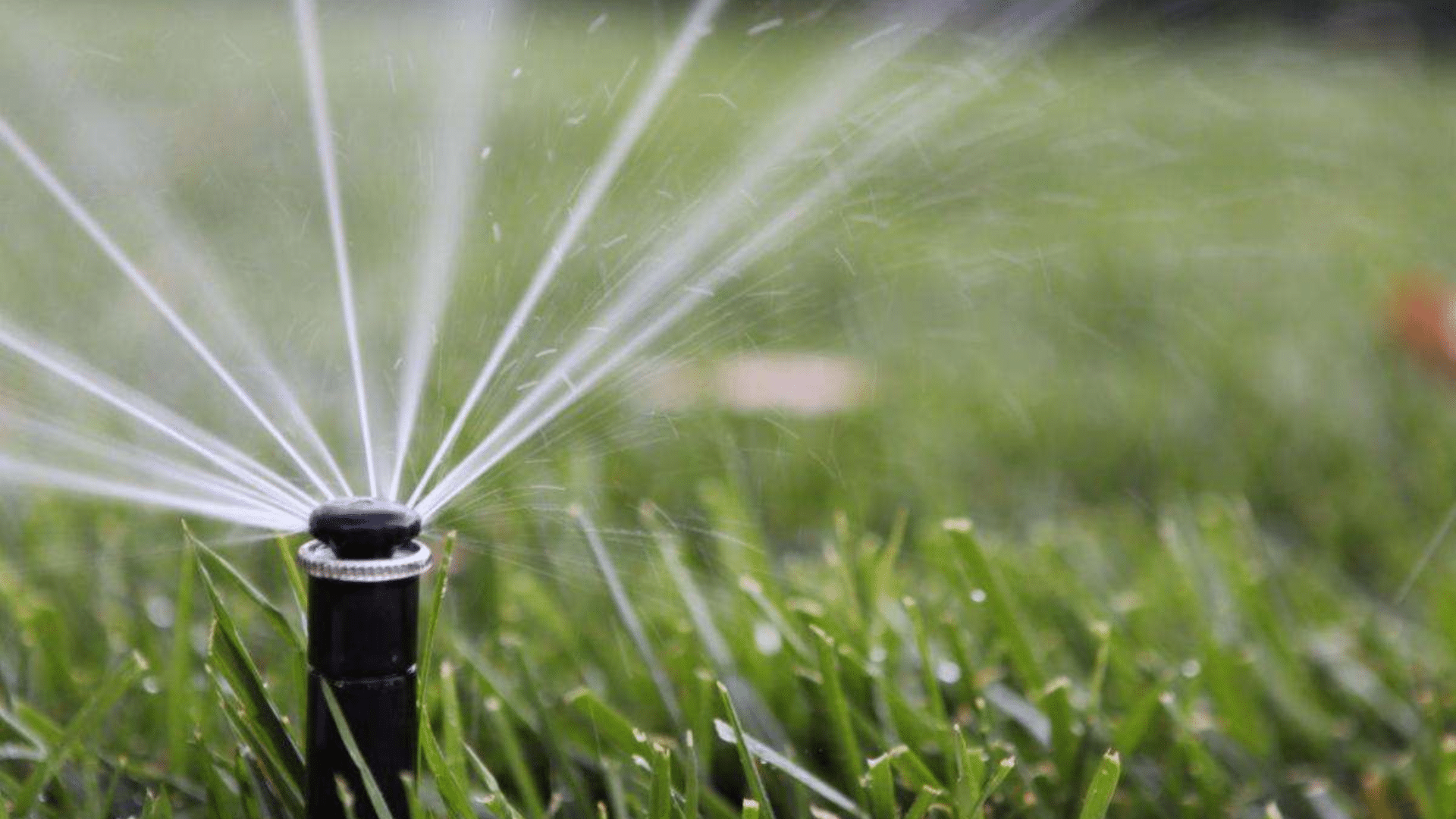
These spray heads shoot water in a set pattern and don’t move. They work well in small to medium lawns and gardens. I’ve found them perfect for square or rectangular areas where you need steady, even water coverage. They spray water all at once over the area they cover, usually reaching about 4-15 feet.
| Pros | Cons |
|---|---|
| Low cost | Higher water use |
| Easy to install | Can cause runoff on slopes |
| Works with lower water pressure | May create mist in windy areas |
| Covers areas quickly | Not ideal for large spaces |
2. Rotor Heads: The Slow and Steady Type
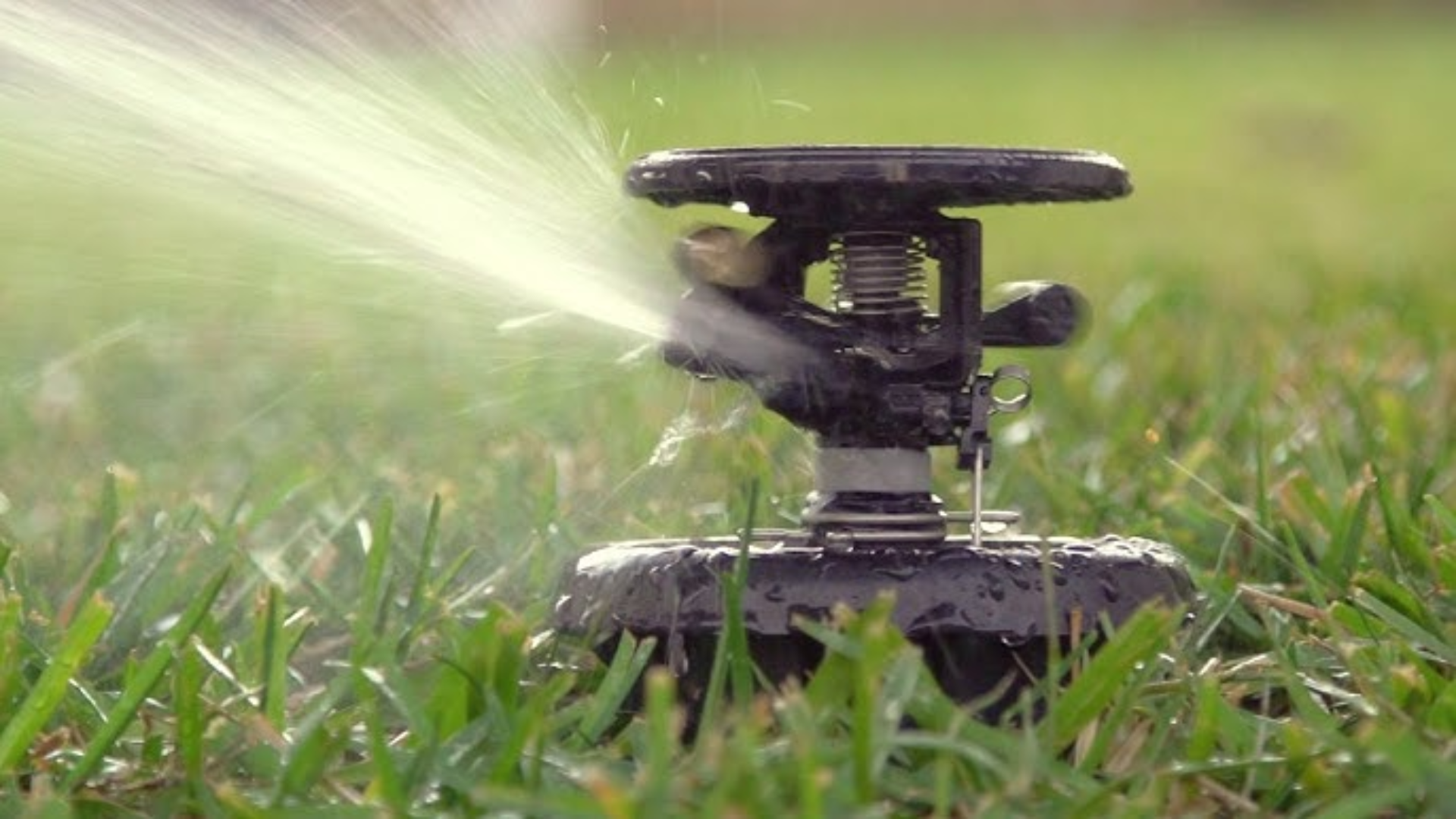
Rotor heads turn and shoot streams of water in circles or part-circles. They work by rotating back and forth, sending out strong streams that reach farther than fixed sprays. You’ll see these in larger lawns, sports fields, and big open areas. They water slowly but deeply.
| Pros | Cons |
|---|---|
| Uses less water than spray heads | More costly than spray heads |
| Great for large areas (15-50 feet) | Takes longer to water an area |
| Less runoff and water waste | Needs higher water pressure |
| Waters deeply into the soil | More parts that can break |
3. Impact Sprinklers: The Old-School Option
You know that “ch-ch-ch-ch” sound from sprinklers? That’s an impact sprinkler. These use a spring and an arm that hits the water stream to spread it around. I still see these in many parks and farms. They’re tough and can handle dirty water that would clog other types.
| Pros | Cons |
|---|---|
| Very durable | Makes noise when running |
| Works with low-quality water | Can be moved by high winds |
| Good for very large areas | Uses more water than some newer types |
| Less likely to clog | Can look old-fashioned |
4. Bubbler Heads: Soaker Style Watering
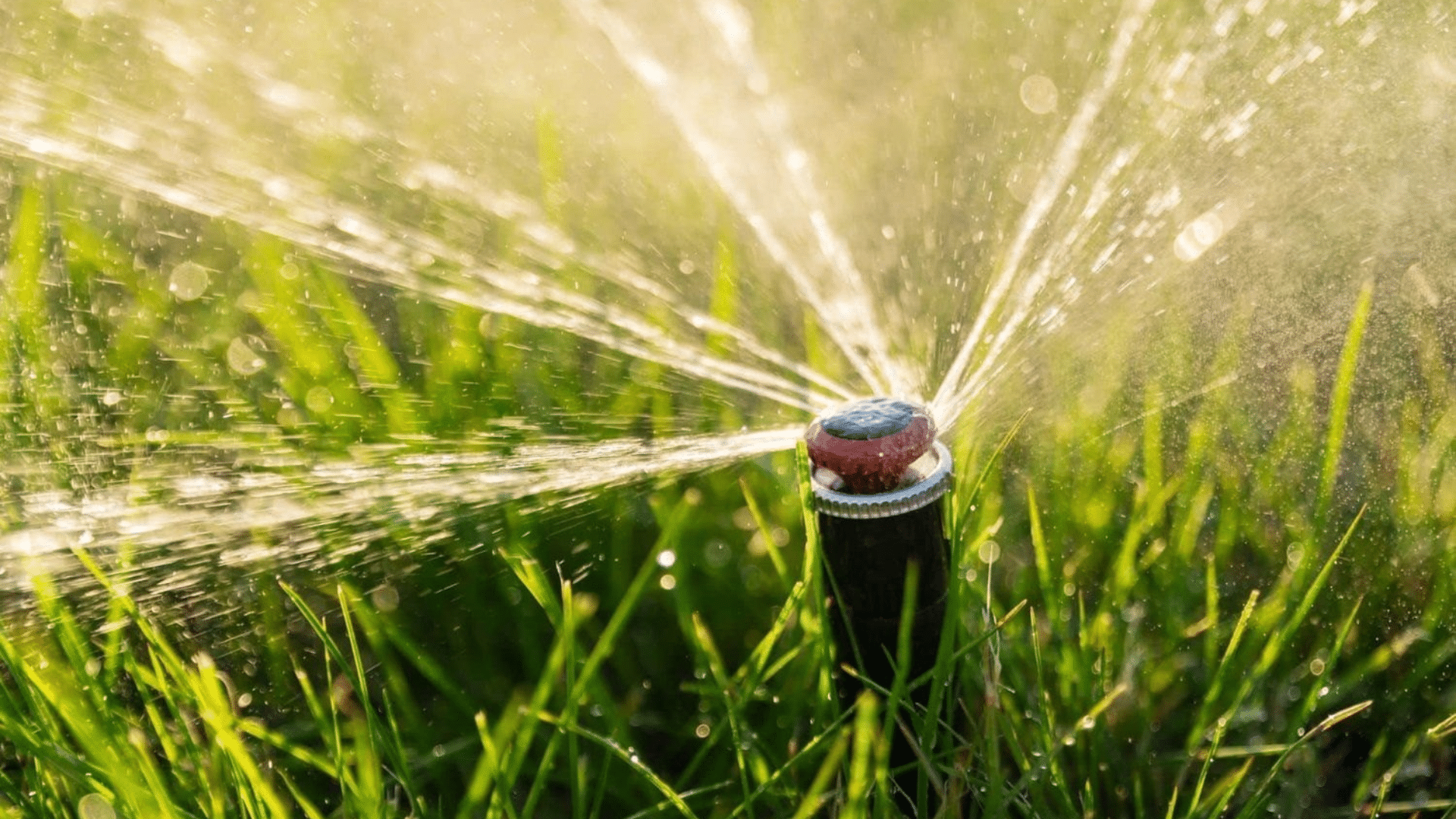
Bubblers don’t spray – they “bubble” water directly to the soil around trees, shrubs, and garden beds. They put water right where plants need it without wetting leaves or flowers. I use these for my rose bushes and young trees, where deep watering matters most.
| Pros | Cons |
|---|---|
| No water waste from drift | Only works for small areas |
| Water deeply at the root zone | Not good for lawns |
| Reduces leaf diseases | Can cause pooling if overused |
| Good for clay soils | Limited coverage area |
5. Misting/micro Spray Heads: Gentle yet Effective
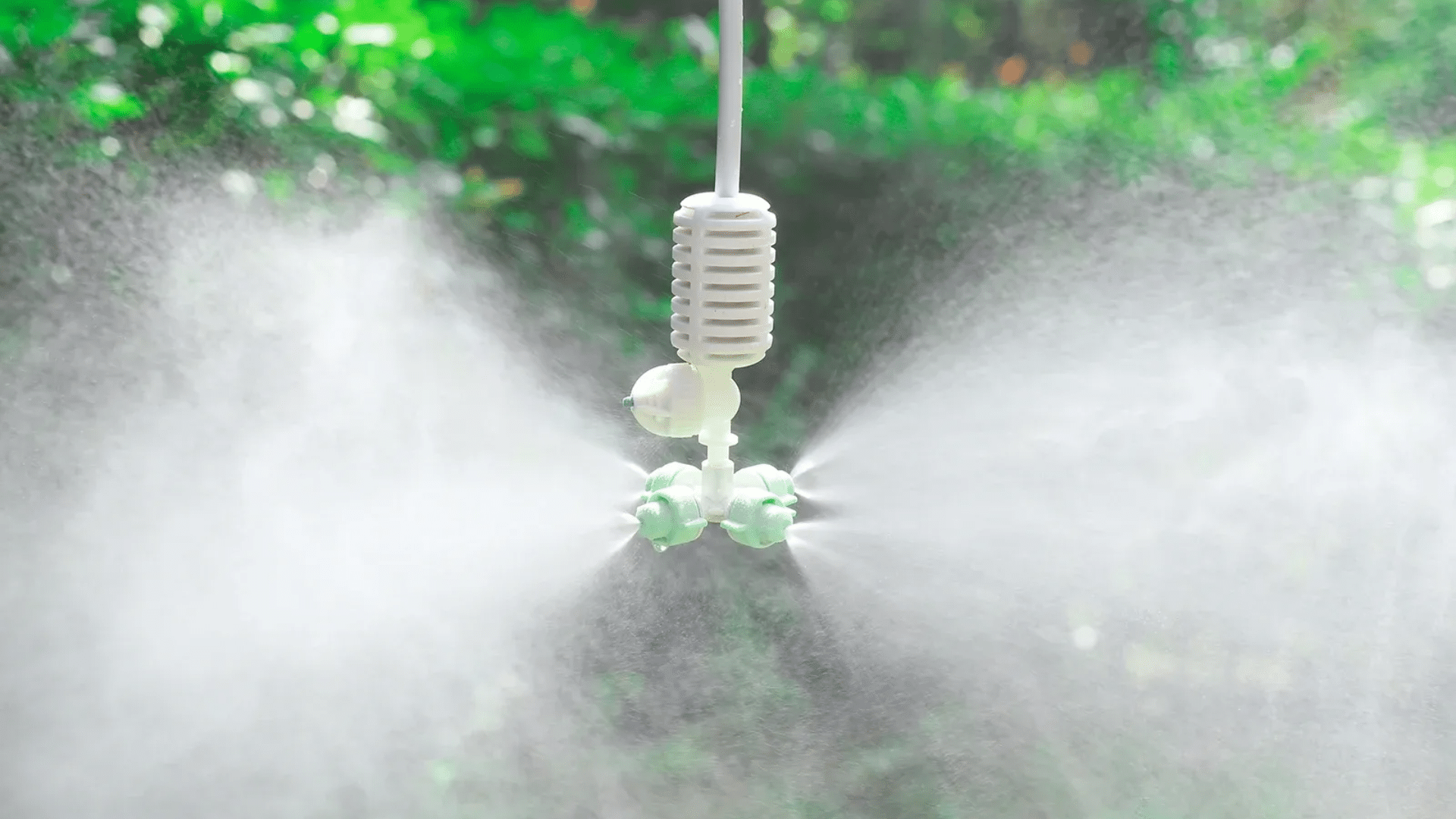
These tiny heads make a fine mist or small spray perfect for delicate plants and seedlings. You’ll find them in flower beds, vegetable gardens, and greenhouses. They put out less water but with pinpoint control. My herb garden thrives with these.
| Pros | Cons |
|---|---|
| Very water efficient | Clogs easily with minerals |
| Perfect for delicate plants | Not effective in windy areas |
| Can be adjusted precisely | Requires good filtration |
| Works with low water pressure | Needs more heads to cover an area |
Choosing the Right Sprinkler Head for Your Yard
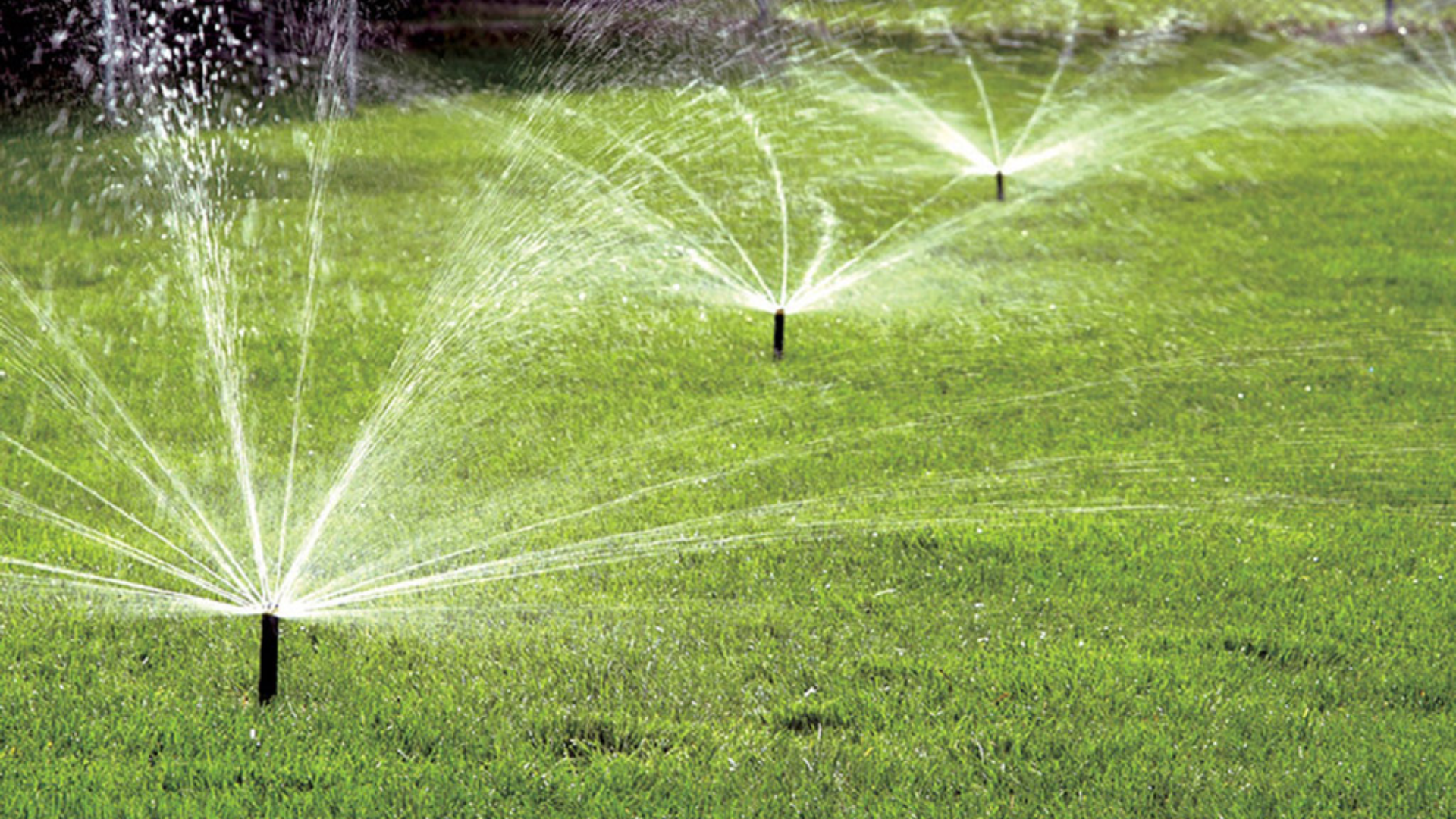
Picking the best sprinkler heads doesn’t need to be hard. I’ve helped many homeowners select the perfect mix for their yards. Your yard is unique, and your watering system should match its needs.
Key Questions to Ask Yourself
Start by looking at your yard with fresh eyes. How big is it? A small yard under 2,000 square feet works well with spray heads. For yards over 4,000 square feet, rotors save water and time. What types of plants do you have? Grass needs different watering than flowers or vegetables. Trees and shrubs need slow, deep watering that bubblers provide.
Check your water pressure, too. Low pressure? Stick with spray heads or microsprays. High pressure? You have more options like rotors or impact sprinklers. Think about your soil type. Sandy soil drains fast and needs frequent, light watering. Clay soil holds water longer but needs slower watering to prevent runoff.
Don’t forget to consider sun and shade areas. Sunny spots need up to 50% more water than shady areas. You might need different sprinkler types for each.
Simple Decision Guide
If you have a small lawn (under 2,000 sq ft): Use fixed spray heads If you have a large lawn (over 4,000 sq ft): Choose rotor heads If you have flower beds or vegetable gardens: Try micro-spray heads If you have trees and shrubs: Install bubbler heads If you have uneven water pressure or well water: Consider impact sprinklers
Your budget matters too. Fixed spray heads cost less upfront but use more water. Rotors cost more but save water over time. I often tell people to think about long-term water bills, not just installation costs.
Why Mixing Types Works Best
Most yards need more than one type of sprinkler head. My own yard uses three different types, and it works perfectly. You might use rotors for the main lawn, fixed sprays for narrow side yards, and bubblers around trees. This mix gives each area exactly what it needs.
Water use becomes more efficient when you match the right head to each zone. Plants get just enough water—no more, no less. The trick is to keep similar heads together in zones. Don’t mix fast-watering sprays with slow-watering rotors in the same zone. They’ll never water evenly.
I’ve found that most successful yards use 2-3 different sprinkler types. This approach saves water and keeps plants healthier than using just one type for everything.
Installation and Maintenance Basics
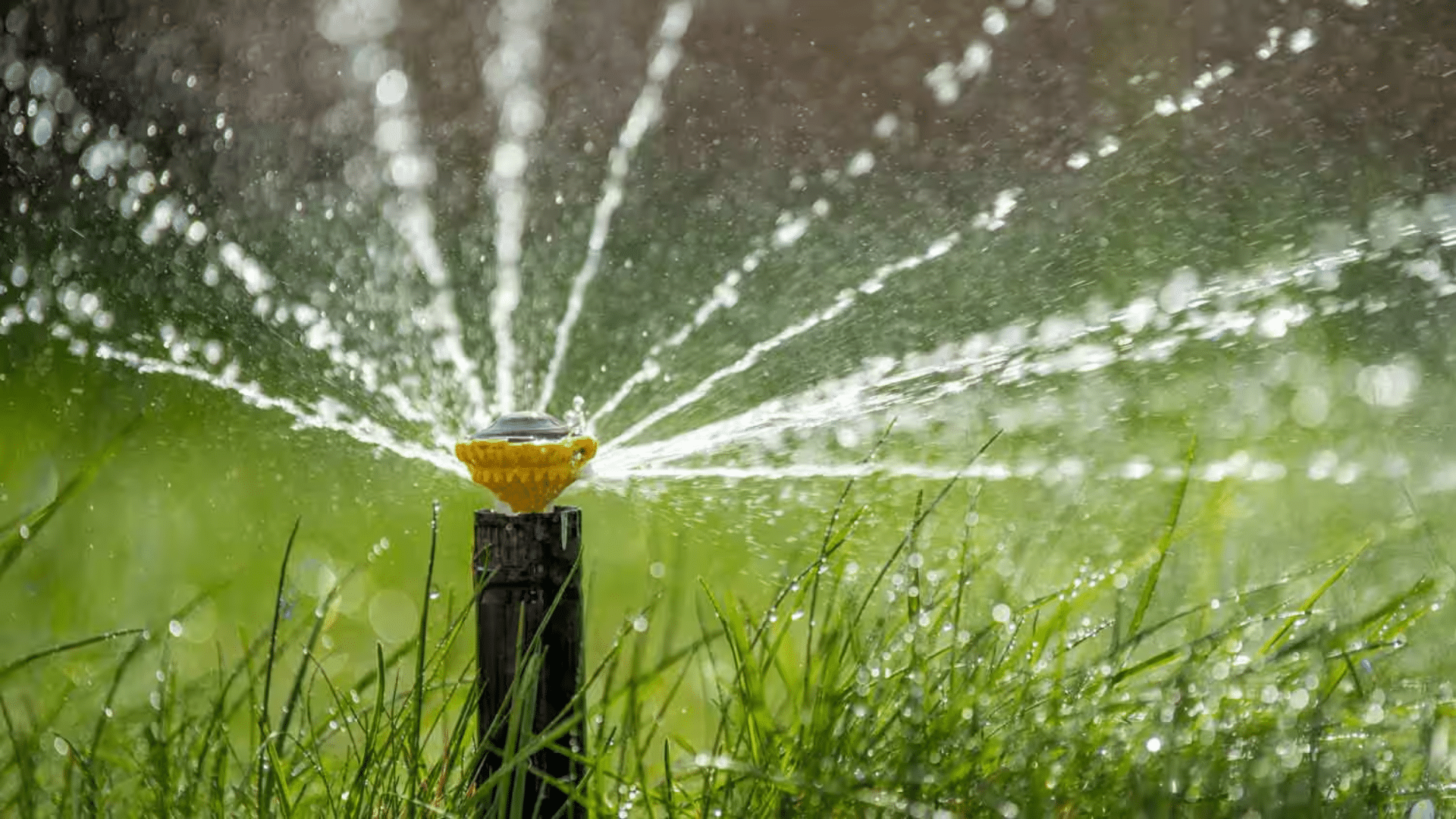
Taking care of your sprinkler heads isn’t too hard once you know the basics. I’ve fixed hundreds of sprinkler systems over the years, and these tips will help your system last longer. Good maintenance saves water and money.
Quick Installation Tips
Spacing matters more than most people think. Put sprinkler heads too far apart and you’ll get dry spots. Too close together wastes water. As a rule, place heads so their spray reaches the next head—this is called “head-to-head coverage.”
Watch those angles when you install. Point fixed spray heads straight up unless they’re at the edge of your lawn. For edge areas, angle them slightly inward so water doesn’t hit your house or the sidewalk.
Check the water pressure before you finish. Too much pressure creates a fine mist that blows away. Too little means poor coverage. You might need a pressure regulator if your water comes out too strong.
Signs You Need Repairs
Watch for uneven spray patterns. If water shoots off in weird directions or doesn’t form a nice, even spray, something’s wrong. This often means there’s a clog or crack in the head.
Brown spots in a green lawn usually mean a sprinkler isn’t working right. Walk your yard during watering to spot the problem areas.
Stuck heads that don’t pop up or go down need quick attention. This happens when dirt gets under the cap or the spring wears out. Replace them before they waste too much water.
Seasonal Care Tasks
Spring is check-up time. Run each zone for a few minutes and look for problems. Replace broken heads and fix any that spray wrong. Clean out any heads clogged with dirt from winter.
Summer means keeping an eye on performance. Hot weather can cause parts to fail faster. If you see dry spots forming, don’t just water longer—fix the real problem.
Keep your sprinkler heads clear of grass and plants. Trim around them regularly so spray patterns stay clear. I use a half-moon edger to create clean circles around each head.
Conclusion
The right sprinkler heads make all the difference between a patchy lawn and one that’s green and healthy. I’ve seen both outcomes in my years working with irrigation systems.
Take a good look at your yard this week. Watch how water falls when your system runs. Are there dry spots? Puddles? These are clues that you might need to switch heads or adjust the ones you have.
Remember that your yard might need different types in different areas. My own yard uses three types of heads, and it works perfectly.
Don’t be afraid to make changes. Swapping out a few sprinkler heads is a simple weekend job that can fix most watering problems.
Your lawn (and water bill) will thank you for taking the time to get this right. A well-planned sprinkler system keeps your yard looking great while using less water—a win for everyone.


